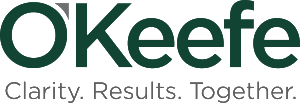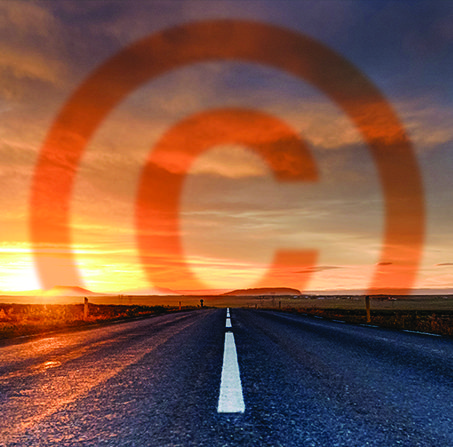Changes in the Landscape of Patent Litigation
As published in Forefront and Michigan Lawyers Weekly
By Anson Smuts, Senior Associate
In May of this year the Supreme Court (“SC”) ruled in TC Heartland LLC v. Kraft Foods Group Brands LLC that patent holders are required to file infringement suits wherever the Defendant has “regular and established place of business,” or the state in which they are incorporated. This ruling has meant that patent holders can no longer file infringement suits wherever they do business and, more importantly, they could not file in districts viewed to be favorable towards patent holders, such as the Eastern District of Texas (“EDT”).
Since the ruling, observers have witnessed what many predicted – a swift decline in the number of patent cases filed in EDT as well as an increase in the number of granted motions to transfer from EDT to another district. The Delaware District has been the greatest beneficiary of these changes given its favorable status for incorporation (in 2014, it was estimated that 64% of Fortune 500 companies were incorporated in Delaware).
Proponents of the SC ruling have celebrated it as a step forward for patent reform and a victory against patent assertion entities (“PAEs”), also known as patent trolls – entities that own patents but do not use them to produce anything. This movement against PAEs has gained momentum in recent years, decrying that these entities and their lawsuits act to stifle the principles of the American patent system, which should reward originality and innovation. Rather, PAEs utilize the patent system to sue for often trivial, overly broad or common technology, for example, scanning a document directly to email. This also highlights the failures of the US Patent and Trademark Office, which is tasked with protecting patents that are “novel, useful and non-obvious.” (The US dropped from 1st to 10th in the U.S. Chamber of Commerce’s 2017 ranking of patent system strength, although there are numerous contributing factors.) Nevertheless, there is a strong argument that PAEs hurt both American businesses and consumers. Each litigation represents funds that cannot be spent to further innovation, hire more workers, or expand to new markets. Some of the prior victories against PAEs have included 1) the America Invests Act (“AIA”), passed by Congress in 2012, which forced plaintiffs to file separate claims for each defendant rather than suing multiple defendants in a single case, 2) the 2014 SC ruling in Nautilus, Inc. v. Biosig Instruments, Inc. making it easier to challenge the validity of overly broad patents, and 3) the 2014 SC ruling in Alice Corporation Pty. Ltd. v. CLS Bank International that abstract ideas are not patent eligible by “merely requiring generic computer implementation,” a ruling with particular relevance to overly broad software patents.
The EDT has been a favorite venue for PAEs. In 2015, according to Unified Patents, 44% of all patent cases were filed there in 2015 and 95% of those lawsuits were filed by PAEs, mostly in the high-tech and software sector. This choice of venue for PAEs is the result of several factors. First, the cost to defend a patent suit in EDT is prohibitive for many defendants. The so called “rocket docket” adopted by the EDT in 2006 resulted in much shorter times from filing to trial, providing defendants with greater incentive to settle sooner or incur substantial legal costs. The financial risk for defendants has been compounded by the court being relatively reluctant to grant summary judgments or to stay litigation pending the reexamination of a patent by the US Patent and Trademark Office (such motions have a win rate of 34% in the EDT compared to 54% in Delaware, according to IPWatchDog). Second, the jury pool in EDT is viewed as more sympathetic to patent holders. Generally, according to a 2017 study by PricewaterhouseCoopers*, jury decisions across the country are almost twice as likely to be in favor of PAE patent holders compared with decisions from the bench. The PwC Study also found a 54 percent success rate in favor of patent holders (including NPEs) in the EDT over the past twenty years, higher than all other districts in the study. Whether the SC ruling will bring an end to “venue shopping” for patent litigation is unclear. Although the number of cases in the EDT has declined, the last word has not been had. In July of 2017, subsequent to the SC ruling, the EDT created a four-factor test for determining what constitutes “a regular and established place of business” – a test later struck down by the United States Court of Appeals for the Federal Circuit. Notably, the SC ruling did not indicate how the ruling affects foreign defendants, meaning that patent holders in those matters are still free to file at the EDT, or any other court they choose.
*PricewaterhouseCoopers 2017 Patent Litigation Study, May 2017





